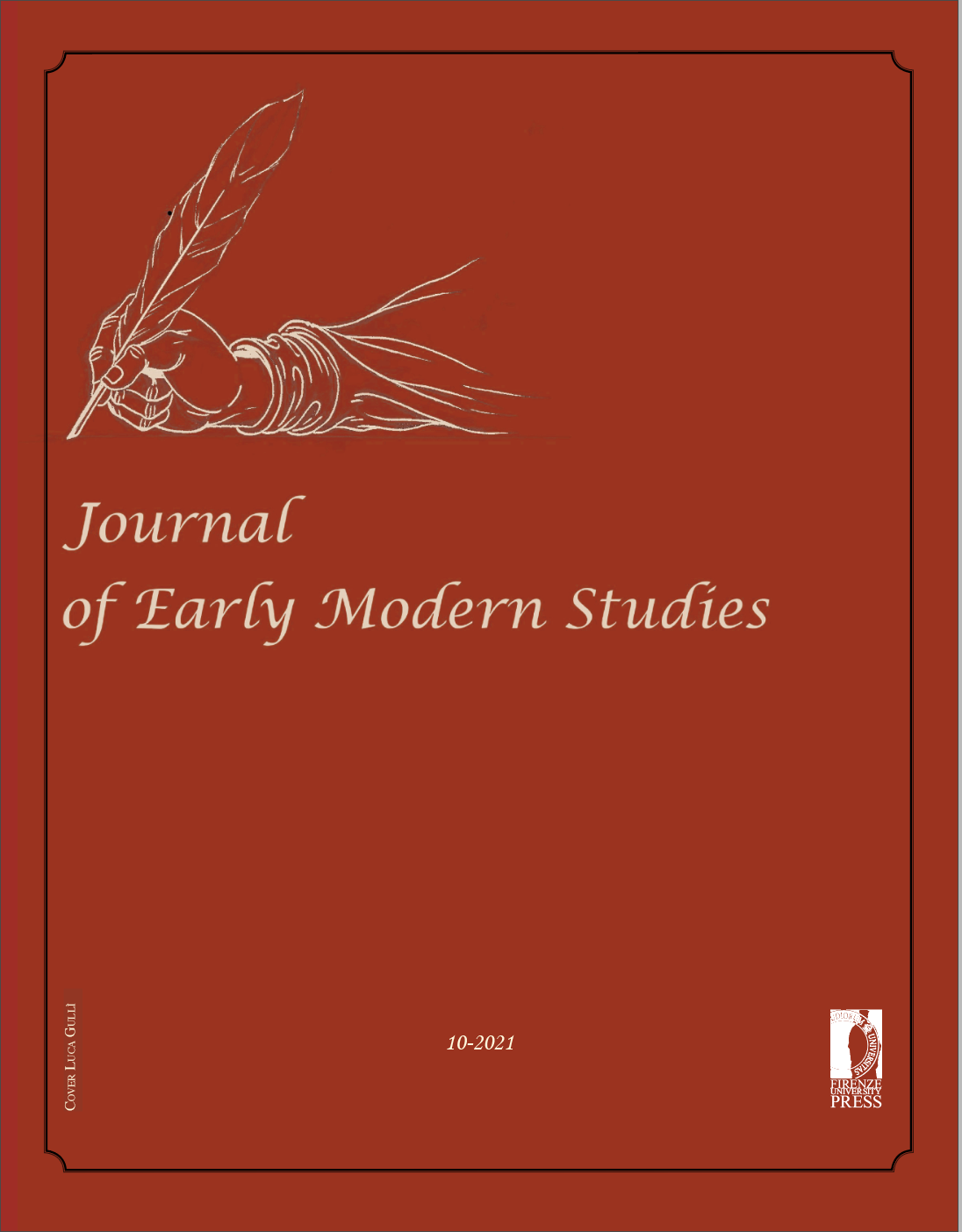Between Sin and Crime: The Contrasting Hermeneutics of J. Ogilvie’s Trial and Execution, According to the Relatio Incarcerationis and A True Relation of the Proceedings Against John Ogilvie
Published 2021-03-15
Keywords
- A True Relation of the Proceedings Against John Ogilvie,
- early-modern conceptualization of crime,
- early-modern conceptualization of sin,
- John Ogilvie,
- Relatio Incarcerationis
How to Cite
Abstract
This article explores the relationship between the old conceptualization of crime, inherited from Scholasticism, and the new –modern– conceptualization of crime through the controversial case of the Jesuit John Ogilvie, executed in Glasgow in 1615. It contextualizes the two main published accounts of his arrest, trial and execution, the autobiographical account known as the Relatio incarcerationis and the Scottish official account of Ogilvie’s trial and execution, A True Relation of the Proceedings Against John Ogilvie. These two accounts represent two different worldviews. The Catholic narrative insists on the universality of dogma and is based on the theological conception of sin. The national-Protestant narrative considers it a crime of treason to deny the full authority of the king in his own nation and bases its conception of the crime on the legal rather than theological ground. By showing the contrasting elements of these worldviews, the article evidences the development of these two different conceptions of crime. The complex process of the transitional conceptualization of crime in the early-modern period demands first a broader analysis to understand the conceptual evolution that took place after the Renaissance period.


